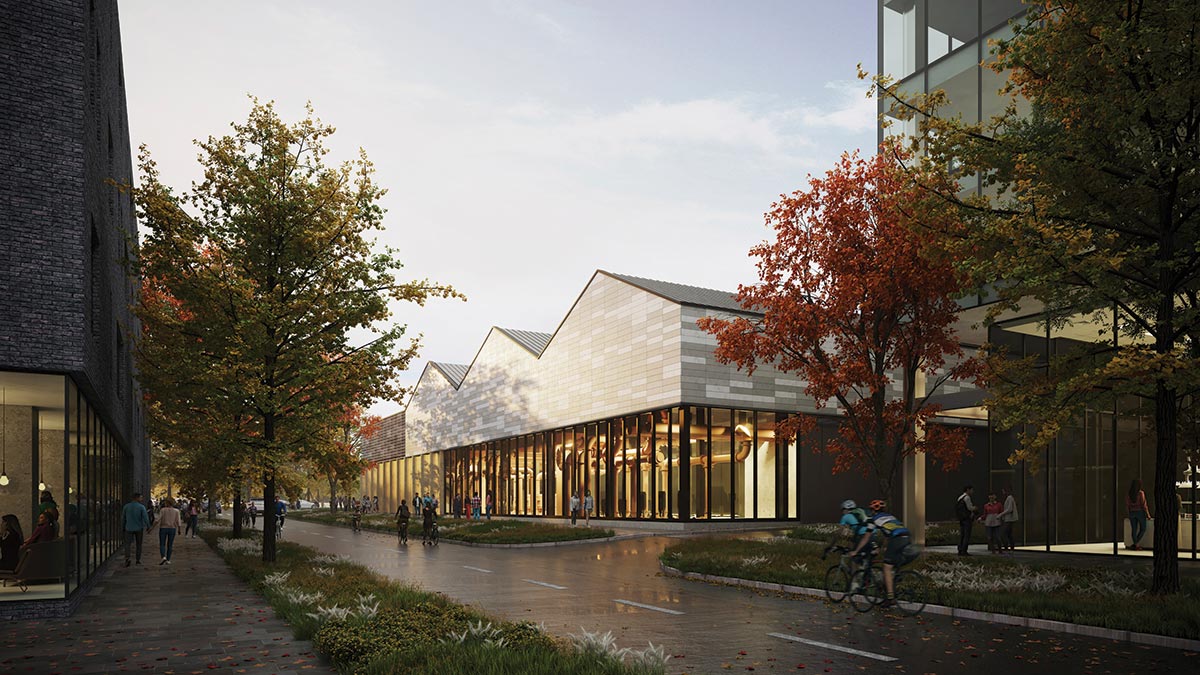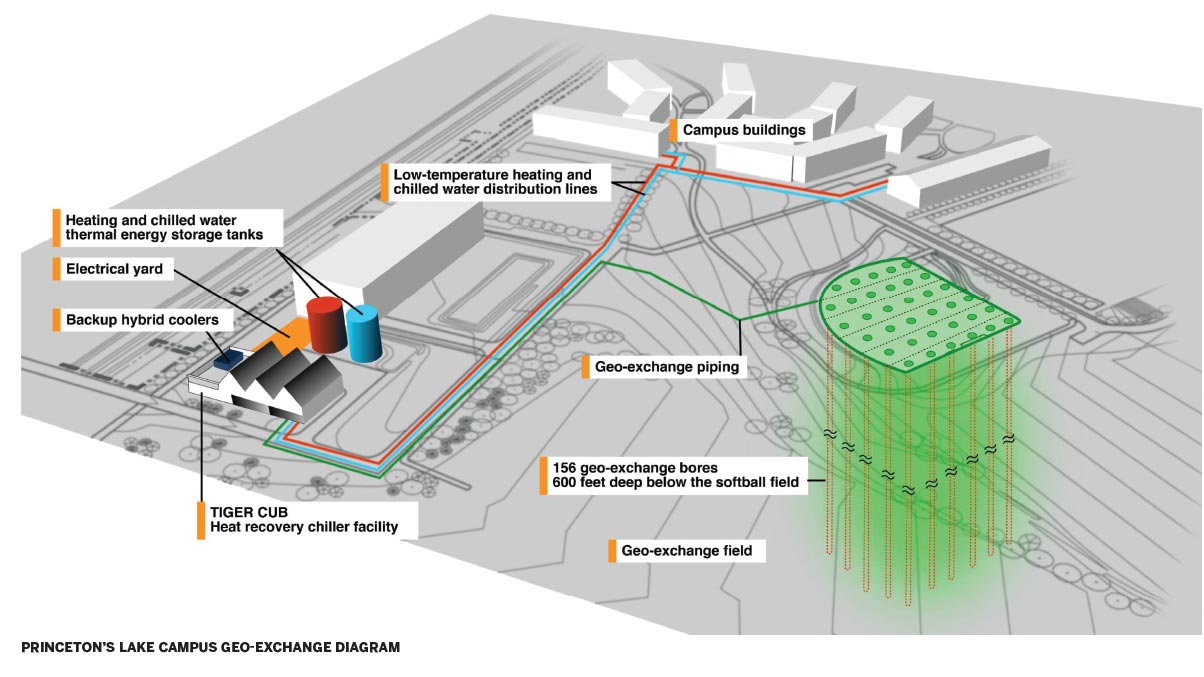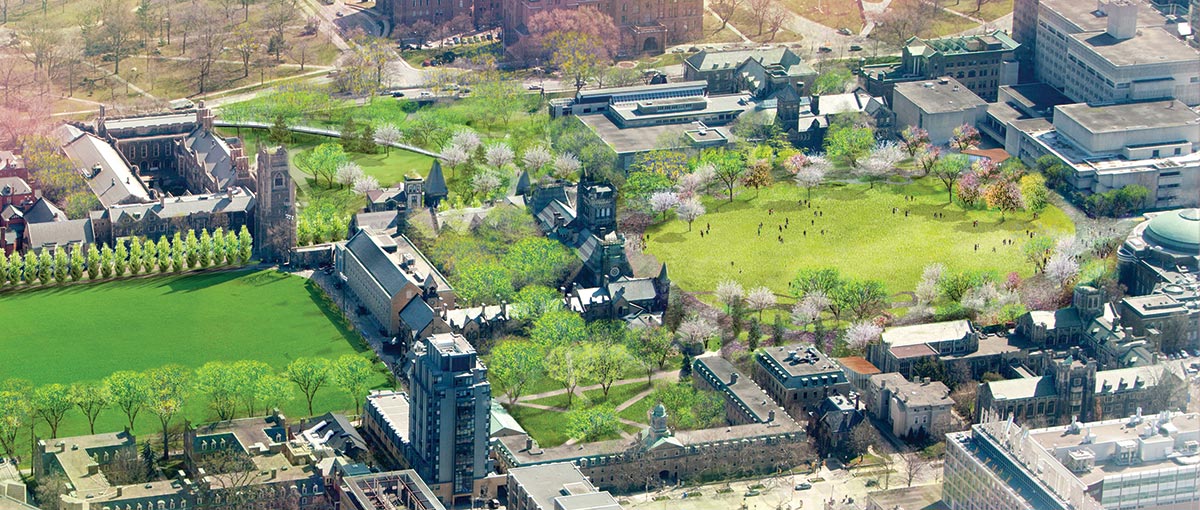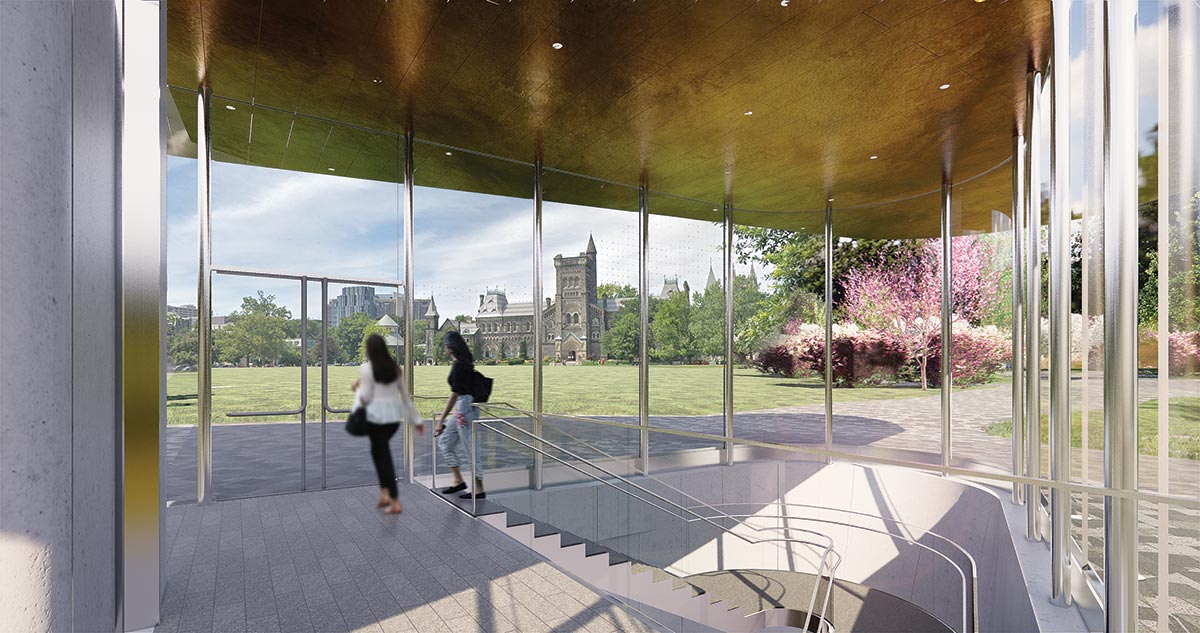Campus Geo-Exchange Systems
Learning Objectives:
- Describe how district-scale geo-exchange systems work to efficiently deliver building-space conditioning.
- Explain how such systems can be operationally zero-carbon.
- Describe how geo-exchange infrastructure can be integrated into campus architecture and landscapes.
- Discuss geo-exchange design and operating best practices.
Credits:
This course is approved as a Structured Course
This course can be self-reported to the AANB, as per their CE Guidelines
Approved for structured learning
Approved for Core Learning
This course can be self-reported to the NLAA
Course may qualify for Learning Hours with NWTAA
Course eligible for OAA Learning Hours
This course is approved as a core course
This course can be self-reported for Learning Units to the Architectural Institute of British Columbia
View course on architecturalrecord.com »

IMAGE: COURTESY ZGF
Expanses of glazing allow passersby to see the colorful infrastructure housed within the TIGER facility on Princeton’s main campus.
Anyone whose university residence was heated by steam probably remembers well the nighttime clanging and banging of pipes. But in addition to those noisy nights, steam systems depend on combustible fuel, making them one of the biggest obstacles to reducing carbon emissions that universities with ambitious climate goals typically face. Now, however, the days of fossil fuel-based heating and cooling may be numbered—a growing cohort of schools is pioneering district energy systems based on geo-exchange instead.
Geo-exchange takes advantage of the fact that, below the frost line, the ground holds a fairly steady temperature. (In the northern United States, it’s about 45 to 50 degrees Fahrenheit, and in the southern U.S., it’s about 50 to 70.) Because heat wants to move from warmer molecules to cooler ones, surplus building heat can be conducted into the ground during hot weather, and ground heat can be extracted when it’s colder up top. And if you’re thinking 50 degrees in winter is no good to anyone, here’s the kicker: the magic of heat pumps and compressors is that they amplify the base temperature, producing levels of heat (or, in summer, cooling) that are all that’s needed to maintain comfortable indoor temperatures. Returning three to four units of energy for each unit of electricity used to operate them, geo-exchange systems are widely considered to be the most efficient, environmentally clean, and cost-effective space conditioning available today.
At its simplest, a geo-exchange system consists of buried pipe loops, a heat pump, and distribution pipes. The buried pipes can be laid horizontally, in a shallow configuration, or, where more capacity is needed within a constrained footprint, vertically, hundreds of feet deep. (In vertical installations, borehole thermal energy storage [BTES] can bank summer’s heat for months in supplementary thermal masses installed in the ground.) The heat pump circulates a fluid—often water, sometimes a refrigerant—through the buried pipes to stash or retrieve heat, amplifying the differentials. The distribution pipes deliver heating and cooling where they’re needed. Assuming clean electricity operates the pump, it’s a zero-carbon setup.

IMAGE: COURTESY ZGF/ATCHAIN
The utility building for the geo-exchange system on Princeton’s new campus responds to its more pastoral setting with gabled roofs.
RECORD recently checked in on three university projects that are integrating geo-exchange into their campus energy infrastructure. Princeton University, whose system features prominent new utility buildings completed this year by ZGF Architects, is aiming to become carbon neutral in time for the institution’s 300th anniversary, in 2046. The University of Toronto—taking advantage of a major upgrade designed by KPMB Architects and Michael Van Valkenburgh Associates (MVVA) to the landscape of its historic central campus—is installing a geo-exchange system (now under construction) to advance its goal of becoming carbon positive by 2050. Colorado Mesa University, which first installed geo-exchange in 2007 and is on track to become the first all-geo campus in the U.S., is serving as a living lab for researchers and advocates seeking to improve the understanding and uptake of this emissions-free energy.
“It’s not a new technology. What’s new is the infrastructure overhaul at this scale,” says Maryam Katouzian, a principal at ZGF Architects. Building on its success with geo-exchange for individual buildings, Princeton’s new 1,200-bore district-energy system consists of two drill fields with bores up to 850 feet deep, one on the university’s main campus and the other on its new campus across Carnegie Lake, in West Windsor, New Jersey. Each drill field has an associated utility building that houses heat pumps, chillers, and electrical equipment, and two tanks that store heated and chilled water ready for circulation.
On Princeton’s densely built main campus, locating these facilities presented both a challenge and an opportunity. The drill fields themselves are sited beneath playing fields and a parking garage. The utility buildings, instead of being tucked away, are prominently located at campus gateways. “From the beginning, our approach was that Princeton is at the forefront of this technology, and we need to use these buildings as showcases,” Katouzian says. “It was an architectural strategy.”
The form of each building differs in response to its context. The one on the main campus—known by the acronym TIGER (thermally integrated geo-exchange resource) in a reference to Princeton’s mascot—takes a long, horizontal form, and is wrapped in box rib metal panels and capped with a glazed clerestory. The new campus’s facility—known as TIGER CUB (central utility building)—responds to its more pastoral setting with gabled, barnlike roofs and terra-cotta cladding. The storage tanks have been half-sunken to bring them into scale with their surroundings. At both buildings, the landscape architecture directs passersby along the facades, where expanses of glazing invite the curious to peer in and discover colorful, annotated pipes explaining the system at work. Inviting and rewarding curiosity was a key goal for the design, says Katouzian: “These facilities need to serve as teaching opportunities and help to put this technology out there.”

IMAGE COURTESY INTROBA
Princeton’s Lake Campus Geo-Exchange Diagram

IMAGE COURTESY ZGF
Princeton Tiger Cub system diagram
With this project complete, Princeton plans to convert its natural gas–powered, steam-based cogeneration plant (chilled water and combined heat and electricity) to geo-powered hot water, linking it to TIGER so the two can partially back each other up. The conversion will also include the installation of more than 13 miles of new underground distribution pipes suitable for the lower temperatures of geo-exchange. (These will replace the thermally inefficient steam-compatible ones.) By 2046, according to Princeton’s master plan, all of the university’s more than 180 buildings will convert to geo-exchange and other renewables, offering what ZGF describes as “a compelling example of how infrastructure projects can advance missions, embody values, and create distinct identity for the institutions they serve.”
Central to the identity of the University of Toronto, both literally and figuratively, are 20 acres of linked landmark green spaces defining its historic downtown campus. A consortium of KPMB and MVVA has designed a major upgrade to this landscape to become a more completely walkable realm of granite pathways, gardens, and trees. Cars, which for decades have been jamming up the heritage precinct of King’s College Circle, will be relegated to a below-grade parking garage. And, under the garage, 800 feet deep and more, a new 370-bore drill field will supply energy to replace steam heating for the new and existing buildings of the central campus.
One of architects’ most vital yet unsung roles is coordination, and that was especially true for KPMB on this project, says Shirley Blumberg, a founding partner of the firm. Close coordination of the geotechnical and structural engineers’ designs was needed to ensure that bore holes were drilled in compliance with the garage’s final grade and clear of future footings. Intensifying the challenge, value engineering reduced the structural interval to the point where, in order to steer clear of the increased number of footings while still accommodating the required number of boreholes, some along the perimeter had to be drilled at an angle. Complicating the job even further, existing underground infrastructure and tunnels presented “a lot of interesting surprises,” says Blumberg.

IMAGES: COURTESY KPMB ARCHITECTS
While revamping King’s College Circle, the University of Toronto is building new below-grade parking entered via a transparent pavilion (below). A 370-bore drill field is under the garage.

















